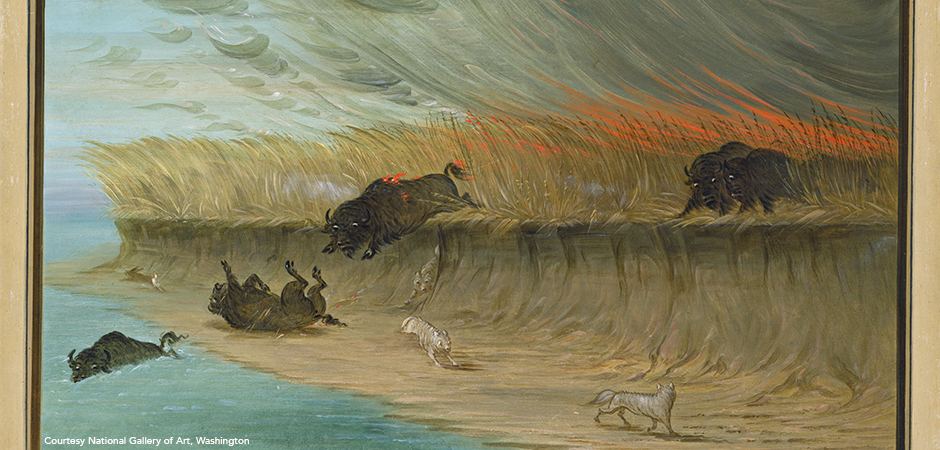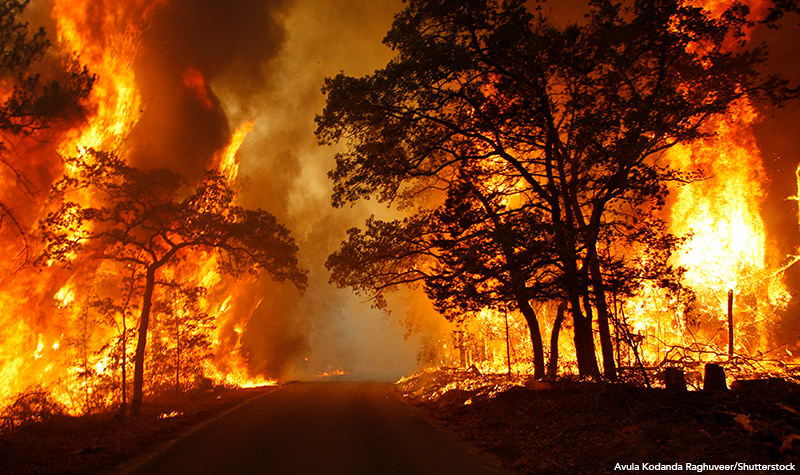
Wildfires are occurring more frequently and with greater intensity. Since 2015, wildfires in the United States have burned about 8 million acres each year on average. For the past 100 years, the prevailing government policy has been to suppress, or prevent, fires in national parks and other public lands. However, some federal and state agencies are partnering with Native American experts to use indigenous methods of reducing wildfires through cultural and prescribed burning. This article explores the history of cultural burning and prescribed burning practices in the United States.

Cultural Burning
For thousands of years, Native Americans inhabited and cultivated the country’s forests and meadows. They used fire to clear land for crops, strengthen plant species, and control animal herds. They understood that intentionally lighting small, controlled fires renewed the land instead of harming it. In the fall, for example, they burned dry prairie grasses without destroying the roots. This increased new growth the following year. It also caused animals to move out of the prairie and into the forests, where they could be hunted during the winter. In the spring, they lit forest floors to burn dead pine needles and underbrush, small trees, and diseased acorns. This action drove wildlife back onto the newly lush meadows and grasslands. Thus, cultural burning created balanced ecosystems and improved hunting practices. It also brought an extra benefit: any wildfires caused by lightning stopped burning quickly due to the lack of dry groundcover.
Fire Suppression
In the mid-to-late 1800s, American settlers pushed indigenous peoples off their lands. In addition, state and local officials made the practice of cultural burning illegal. They viewed fire as totally destructive, with no benefits for the land. Fire suppression became national policy after the Great Fire of 1910—the largest fire in American history. A lightning storm and sparks from coal-fired locomotives caused wildfires to burn more than 3 million acres across Washington, Oregon, Idaho, and Montana. Entire towns, farms, mining camps, and railways were destroyed. As a result, Congress passed the Weeks Act of 1911. It allowed the federal government to purchase and protect forested lands. All fires were outlawed on the national parks created by the Weeks Act. The Forest Service and other agencies constructed watch towers, roads, and command centers throughout the parks and federal land. Any fire spotted was to be suppressed by 10 A.M. the next day. Although many fires were suppressed, the buildup of groundcover and crowded trees meant that large areas of the country continued to experience devastating wildfires.
Prescribed Burning
In 1968, the National Park Service began to allow prescribed burning, which removes undergrowth for the sole purpose of minimizing large wildfires. This policy has continued.
Because of the increase in hotter, drier weather, state governments are now slowly changing their policies, too. States are investing in prescribed burning practices. Part of their strategy is to collaborate with Native American nations.
Indigenous experts are teaching firefighters to become firelighters. For example, members of the Yurok, Karuk, Southern Sierra Miwuk, and other Native American nations in California work side-by-side with the National Park Service. They note the best locations for prescribed burns. They demonstrate how to control a fire to follow contours of the land. They also explain how to create a mosaic, or patchwork, of different burns. Some areas receive deep burns, while other areas are only singed. The goal is to clear dangerous undergrowth but leave tree canopies undamaged.
Native Americans also promote cultural burning as a tool to enhance and restore the land, not just to prevent worse fires. During cultural burns, Native Americans often work with students to impart generational knowledge of the best plants for medicinal purposes, baskets, and other traditional crafts. Burning these plants allows healthy shoots to flourish the next year.
